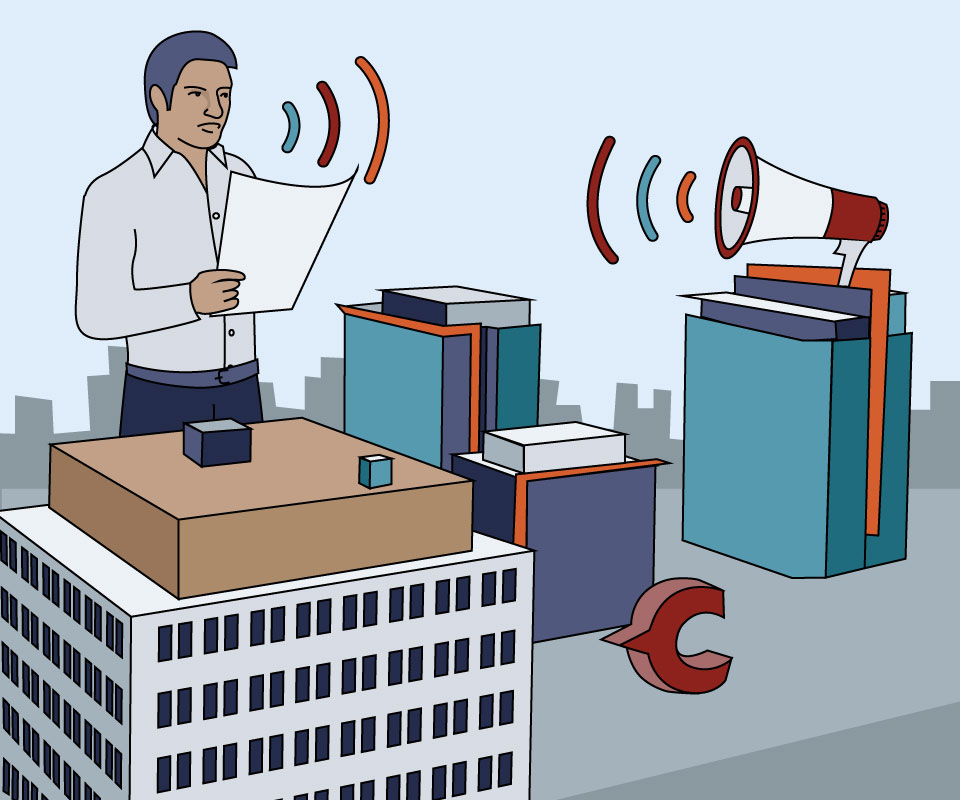Students can expect more on-campus activities this summer, on a voluntary basis
On Feb. 18, Concordia announced that the summer 2021 term will be delivered remotely. This follows the Feb. 2 announcement from the Legault government that CEGEPs and universities in the province would be permitted to resume some on-campus activities as of Feb. 8.
“Despite the Government of Quebec’s announcement in early February that universities can begin reopening their campuses under certain conditions, the public health situation in Montreal remains uncertain, with concerns about new virus variants and delays in the mass vaccination program,” read Concordia’s statement.
Sent in an email to Concordia students, the statement went on to say that students can expect more access to campus this summer for socially distanced activities on a voluntary basis. Additionally, the university plans to “hold in-person final exams for a limited number of courses,” for the summer term — if they deem it safe to do so when the time comes.
The statement also reminded students that convocation will be held online this summer; CU Celebrate, a virtual graduation celebration, will take place on June 17.
Acknowledging that many students are growing curious about what the fall semester might look like, the university says they plan to make a detailed announcement in early May. They did note, however, that a hybrid learning model for the fall term would be the best-case scenario.
For some Concordia students, this hint about next school year is helpful, so far in advance. Michelle Lam, a third-year student in Communication Studies and Economics, returned home to Toronto after last year’s winter term.
“I’m thankful that they’re giving this info in advance because it gives people, especially international students, enough time to plan ahead,” she said.
With this announcement in mind, she says she’ll likely come back to Montreal for the fall, but hopes that she won’t be required to attend classes in-person.
“If I was given an option to do in-person or remote next year, I’d probably choose remote because I wouldn’t feel comfortable being in a classroom again unless everyone is vaccinated,” said Lam.
Another Communications student, Morgan Salama, feels similarly about being back in class.
“I’d love to be back in the classroom, but not until things are back to normal. The idea that the regulations could shift again and we’d be left going back to online anyway just isn’t worth the risk,” she said.
Salama lives in Pointe-Claire and used to commute to campus by train. When asked which option she would take if given the choice between online and in-person classes, she said, “It’s really hard for me to say; I love the lack of commute, but I really miss the camaraderie of being physically in class … I’d only want to be in-person if we really had cases under control.”
Since more details have not yet been given, it’s hard to say exactly what a hybrid semester will look like, or whether in-person classes and activities will be completely optional or not.
In the meantime, summer term students can plan for another semester with all the conveniences and difficulties online learning brings.
*Michelle Lam is the social media manager for The Concordian.
